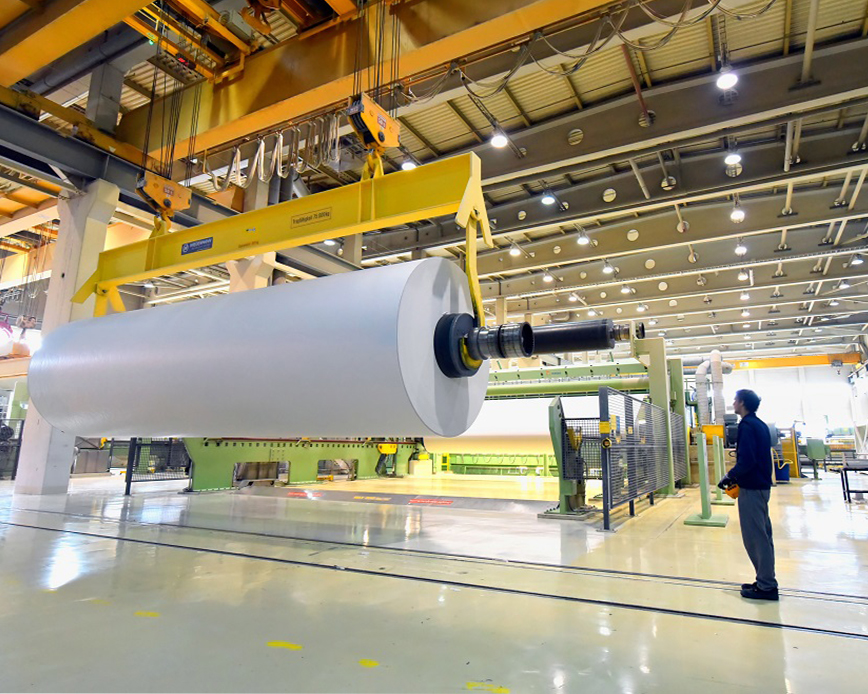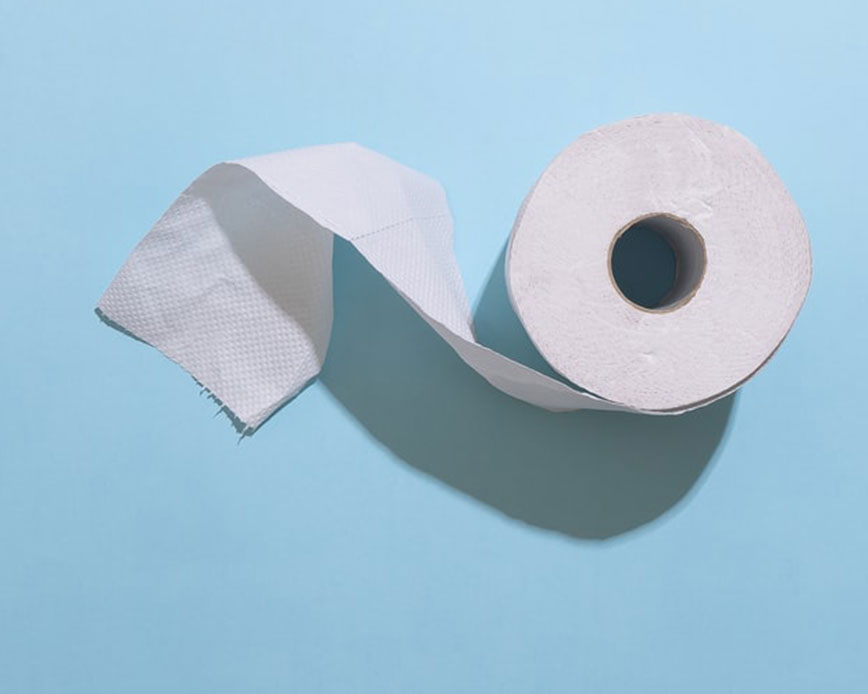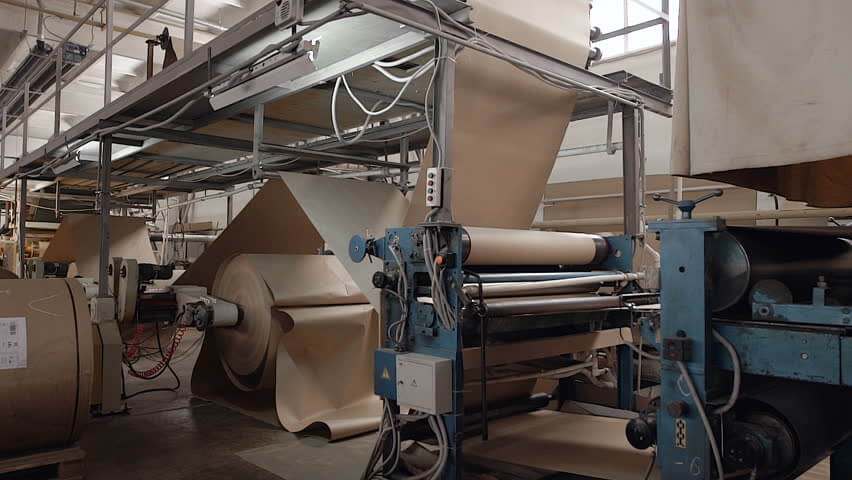Depending on what you are converting, the manufacturing process and the substrate, there all kinds of possible splices. Choosing the wrong one not only increases the risk of tearing but can slow down the converting process or stop it all together
Splicing tape is no different. Available in a variety of carriers with different adhesive systems, splicing tapes may be single or double-coated; have a polyester, film, or paper carriers; have high-temperature adhesives; be repulpable; the list goes on. How do you choose? Well, like much else in our industry, it’s about choosing the right tape for the right application and conditions. Here’s a quick primer.
Know the Splicing Applications
Butt splice. This is a single-sided splice. The paper is not overlapped; rather it butts up against each other and you use a single-sided tape to connect the two pieces over the seam.
Overlap splice. This is double-sided splice, where the ends are overlapped.
W or V splice. Although W and V splices are being phased out, the process was most often used in newsprint and paper mills. The W or V pattern of the tape application creates more surface area, making the seam less likely to tear.
Single or Double Splice?
Single-coated splicing tape is suitable for butt splicing.
Double-coated splicing tapes are suitable for use with laminators, coaters, and other converting operations. They are commonly used in flying splices, manual splices, core starting, and roll finishing applications.
Know Your Material
Paper. Corrugate. Foam. Rubber. Even metal can be spliced. You must know the material, or substrate, the tape is adhering to. For example, coated paper is harder to splice. Used for specialty applications, such as produce boxes and food service containers, coated paper requires an aggressive splicing tape with higher tack and quick start.
Special finishes that get laminated to wallboard, often used in anti-mold or fireproof products in commercial buildings, are also challenging. They may require an aggressive splicing tape with a very high-temperature range.
Know Your Field Conditions
Temperature. Will the splice be subjected to heat? cold? For example, in certain manufacturing processes, flying splices may often need to go through a heat chamber and so high-temperature resistance is critical so the tape does not fail.
How fast or how slow? Manual or zero speed splices happen by hand, so the roll or machine is either not moving or is moving so slowly (zero speed) that getting a good stick is easier. Flying splices, on the other hand, happen quickly. Both rolls are moving very quickly, yet the splice still needs to get made. For example, the LA Times flying splice is 1200’ per minute! This type of splice requires immediate high tack because there’s only one chance to stick.
Moisture or Humidity. Repulpable splicing tapes dissolve in water. These splicing tapes ensure that the substrate and adhesive do not gum up the machinery and stop the production process in the production of paper, where water is used.
Choose the Right Tape
Not all splicing tape is created equal. Make sure you consider all the facts — your application, material, and conditions. Only then can you match the right tape to your project. ECHOtape’s full line of splicing tapes offers productivity and significant cost savings, regardless of what you are splicing.
For more information about tape visit The Complete Technical Guide to Adhesive Tape. To learn more about ECHOtape and how we help customers find the right tape for their job, you can read about us here or contact us with any questions you may have.




